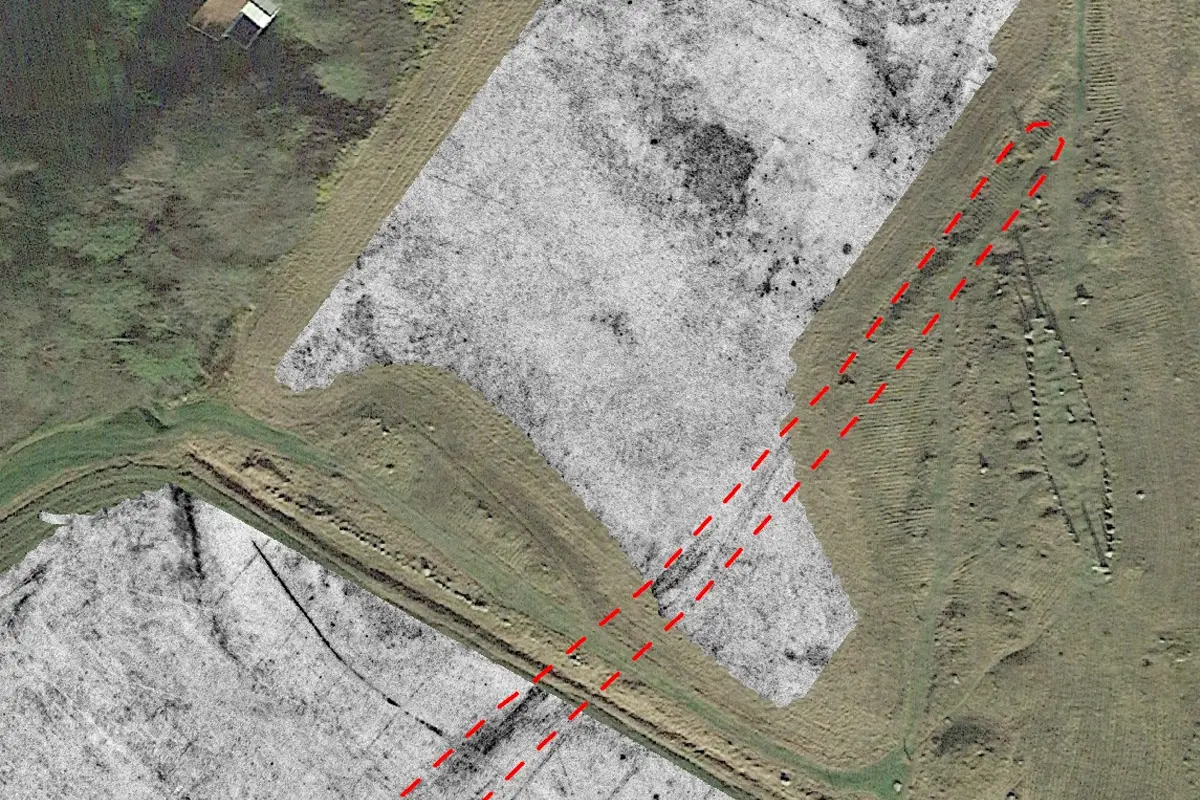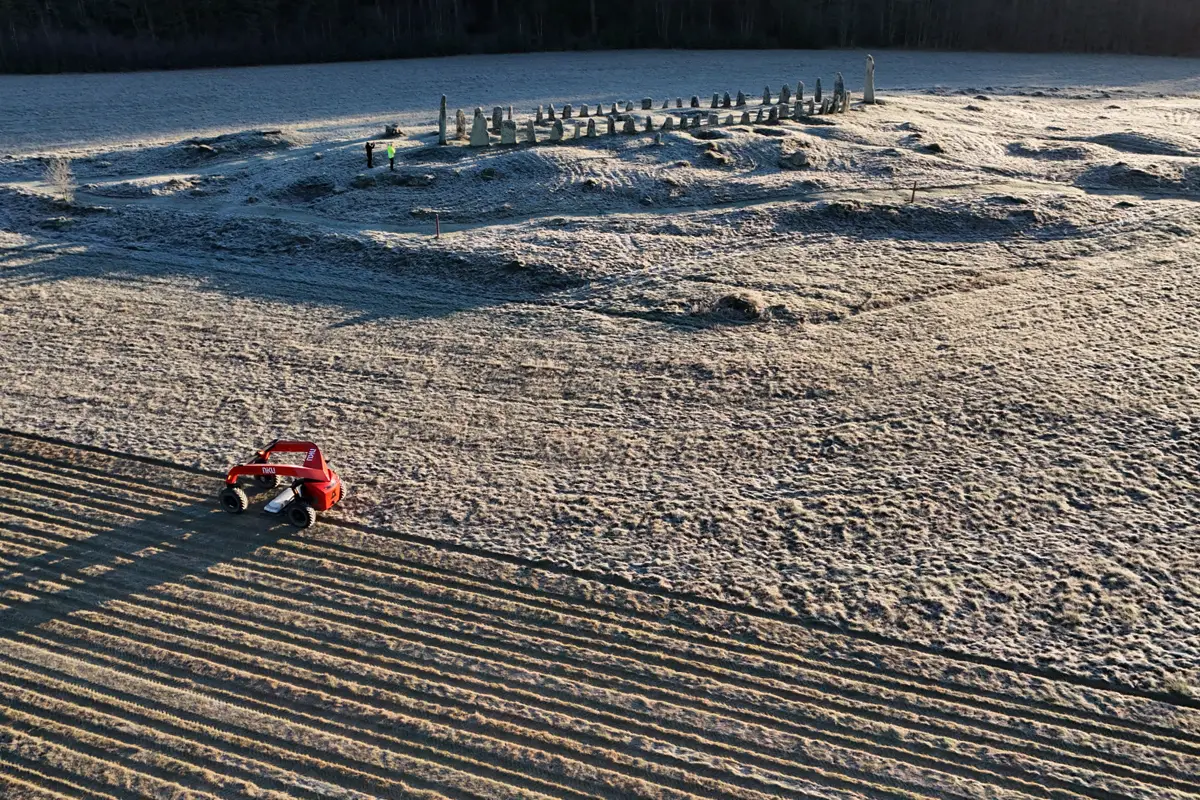Archaeologists from the Norwegian Institute for Cultural Heritage Research (NIKU) have discovered the secret Galärvegen route used by Charles XII.
In 1718, king Charles XII of Sweden devised a cunning plan to transport twelve large war galleys overland from Strömstad and Iddefjorden during the Great Northern War.
The route, known as the Galärvegen, would enable Swedish forces to launch a secret naval attack on the Fredriksten Fortress at Halden, which resisted previous assaults by Charles to capture the fortress. Fredriksten Fortress was a key border crossing between Norway and Sweden after the previously Norwegian area of Bohuslen became Swedish territory in 1658.
On June 26th, 1718, over 800 soldiers used hoists, blocks, horses, and greased logs, to transport the twelve large war galleys (each weighing up to 30 tons) along the 25 kilometre route.
Archaeologists from NIKU, working in collaboration with the Bohusläns Museum and the Vienna Institute for Archaeological Science (VIAS), have discovered traces of the Galärvegen during a georadar project near Blomsholm in Bohuslän, Sweden.

The project was initiated as part of a large-scale trial of the newly developed AutoMIRA system. Archaeologist and project leader Erich Nau explained that Blomsholm was selected as the test site due to its abundant cultural heritage. The area boasts Sweden’s second-largest ship settlement, the Grönehög mound, multiple burial mounds, domarringen stone circles, and evidence of ancient settlements.
Ground Penetrating Radar (GPR) has revealed several parallel linear structures that run over 160 metres. According to experts, these are the remains of log tracks laid out along the Galärvegen to stabilise the ground for taking the weight of the galleys.
“This area offers a remarkable glimpse into the historical landscape, but discovering a secret historical route was beyond what we had hoped for. The survey has revealed distinct traces of the Galärvegen from 1718, making it undoubtedly one of the most thrilling discoveries of this investigation,” said Nau.
Header Image Credit : Jani Causevic
Sources : NIKU





